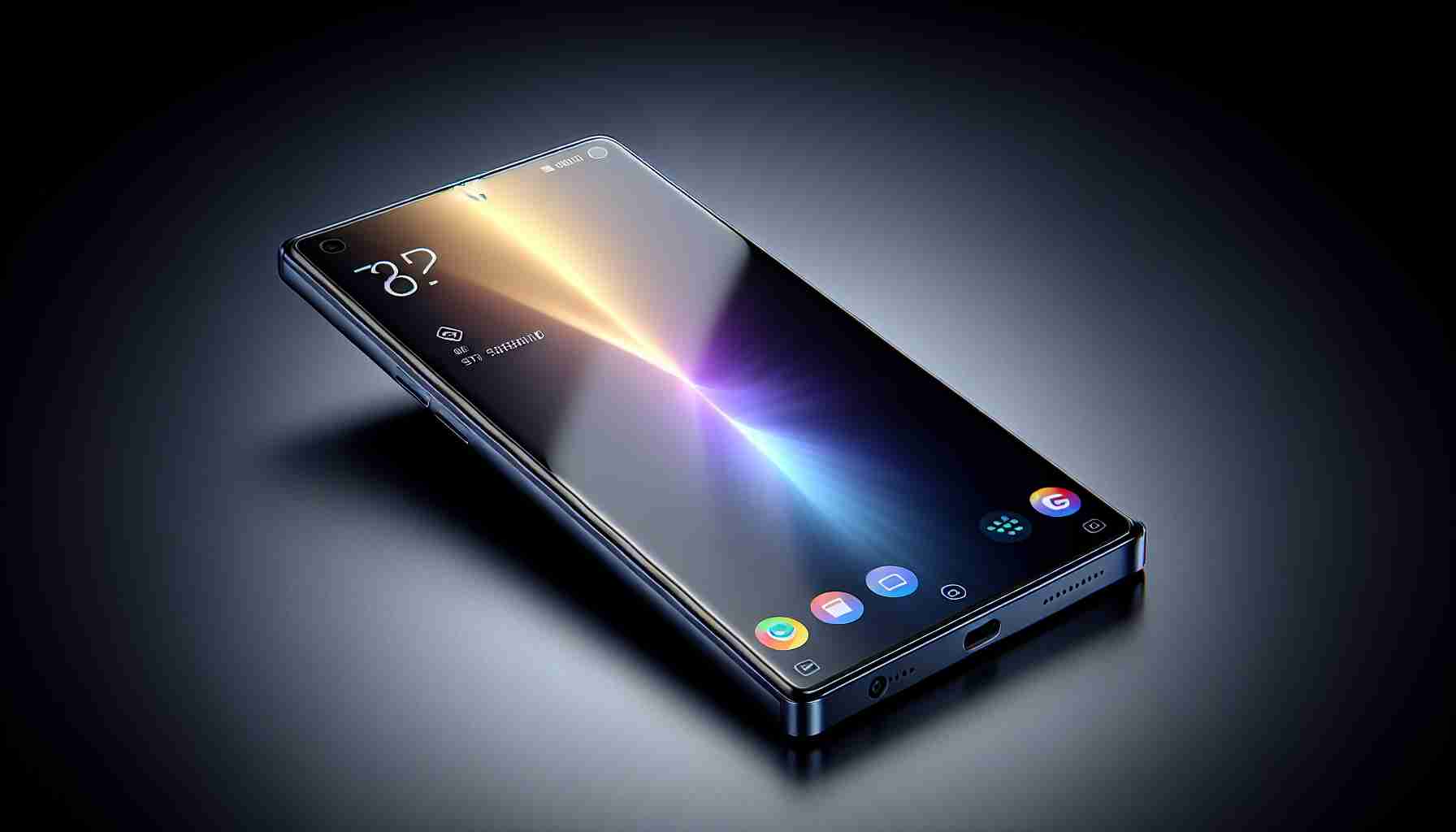Huawei’s latest technological feat has been the talk of the town since the announcement of the Pura 70 series. The exceptional Mate 60 line emerged in August, showcasing the Kirin 9000 series application processor capable of 5G connectivity. This achievement was Huawei’s first step back into the 5G space since the Mate 40 in 2020, triggering concern amongst U.S. officials given the restrictions in place against the company.
In the face of stringent U.S. sanctions, Huawei’s preceding flagships, such as the P50 and Mate 50 series up to 2023’s P60, were fitted with 4G-only Qualcomm Snapdragon chips, obtained under a special U.S. Commerce Department license. Meanwhile, the Pura 70 Ultra’s prowess comes from its Kirin 9010 SoC, utilizing SMIC’s 7nm processing technology—a nod to ingenuity under limitation, as Chinese foundries are restricted from employing advanced EUV machines for more refined 5nm nodes.
Although the A13 SoC powered Apple’s iPhone 11 with 8.5 billion transistors, Huawei has not lagged far behind. Their Pura 70 Ultra, although using a 7nm chipset, still competes with the cutting-edge 3nm chip with 19 billion transistors in the iPhone 15 Pro models.
The Pura 70 Ultra distinguishes itself with novel satellite connectivity, enabling not only standard communication but also image sharing sans cellular networks. As revealed by TechInsights’ teardown, the phone boasts a 6.8-inch OLED display, a 120Hz refresh rate, RAM up to 16GB, and storage options of 512GB or 1TB. The advanced camera system includes a variable aperture 50MP primary camera, a 50MP telephoto lens, and a 40MP ultra-wide camera, paired with a 13MP front-facing camera. Powering this device is an impressive 5200mAh battery supported by fast charging, and Huawei’s HarmonyOS 4.2 comes pre-installed, maintaining Huawei’s commitment to innovation despite external pressures.
Key Questions and Answers:
– What challenges has Huawei faced with the Pura 70 Ultra amid US sanctions?
Huawei’s primary challenge with the development and production of the Pura 70 Ultra has been the US sanctions that limit access to advanced semiconductor technologies. The US government has targeted Huawei with trade restrictions, alleging security concerns due to the company’s purported close ties with the Chinese government. These sanctions have forced Huawei to adapt by sourcing technology that complies with the restrictions or developing alternative solutions in-house.
– How is the Kirin 9010 SoC in the Pura 70 Ultra significant?
The Kirin 9010 SoC is significant because it marks Huawei’s attempt to navigate the imposition of US sanctions creatively. By utilizing 7nm processing technology from SMIC, a Chinese semiconductor foundry, Huawei demonstrates its ability to continue making strides in chipset innovation despite the limitations on accessing more advanced nodes.
– Is there any controversy associated with Huawei’s 5G technology?
Yes, Huawei’s 5G technology has been a subject of controversy, particularly with Western governments, including the United States, which has argued that Huawei’s equipment could be used for espionage by the Chinese government. This has led to the US imposing sanctions on Huawei and persuading its allies to exclude Huawei from their 5G infrastructure.
Advantages and Disadvantages of Huawei’s Pura 70 Ultra:
Advantages:
– Advanced camera system with high-resolution lenses and a variable aperture for versatile photography.
– Cutting-edge satellite connectivity offers communication options beyond conventional cellular networks, a feature that can be essential in remote or emergency situations.
– Large 5200mAh battery with fast charging capabilities provides extended use and rapid power replenishment.
Disadvantages:
– As a result of the US sanctions, Huawei cannot use American technologies or software (like Google Mobile Services), which can limit the phone’s appeal in markets outside China.
– Limited access to advanced semiconductor manufacturing equipment means the Pura 70 Ultra’s 7nm chip may not be on par with competitors using more refined 5nm or 3nm chips.
Related Resources:
For further information on Huawei, you can visit their official website at Huawei.
Please note that the inclusion of related links is based on their relevance to the topic and assumes the URLs provided are valid and accurate at the time of reference.
